Culture

Mirabela
Just above the roofs of the old town, as a permanent reminder of the glorious pirate history, stands one of the most famous Omiš landmarks – the fortress of Mirabela.
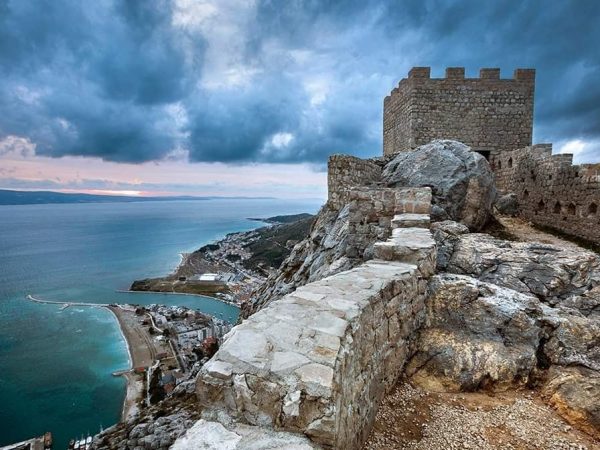
Fortica
Fortica is a historic fortress overlooking the town of Omiš in Croatia, built on a rocky cliff above the Cetina River mouth, offering panoramic views of the Adriatic coast and serving as a testament to the area’s medieval past when it was a stronghold of the famous Omiš pirates.
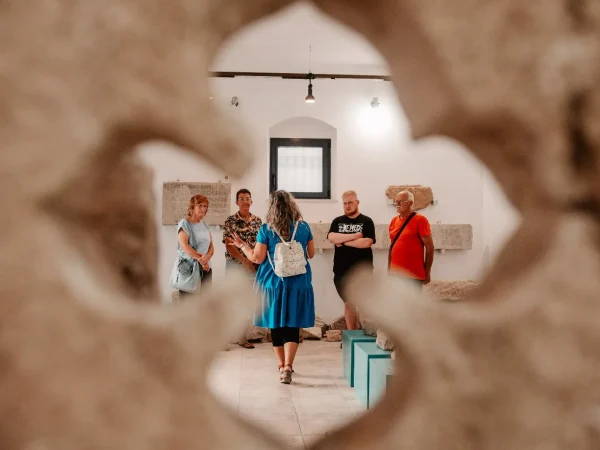
Omiš Town Museum
The Omiš Town Museum was founded in 1986 and is located in a building adjacent to the Eastern Town Gate, at the very entrance to the Old Town.
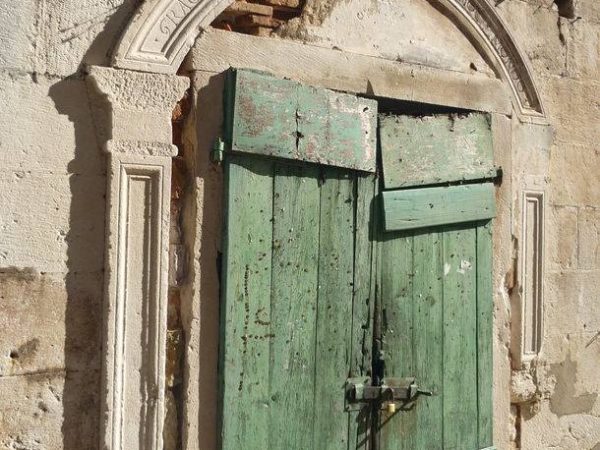
The House of a Happy Man
The House of a Happy Man in Omiš is a beautifully preserved Renaissance house with a Latin inscription thanking God for life, believed to have belonged to Ivan Primojević, a lawyer and Venetian ambassador, and now stands as one of the finest examples of classic Dalmatian architecture from the Venetian period.
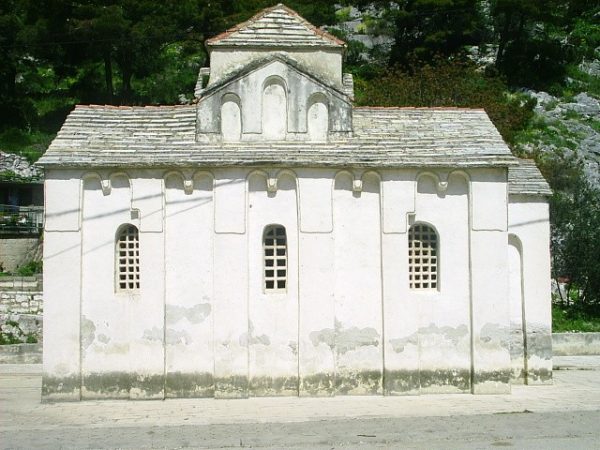
Church of St. Peter
on the Western bank of the Cetina, in the part of
town called Priko, built in the 10th century. Due to its well-preserved condition and architectural features, the Church of St. Peter represents one of the most important examples of Early Croatian Pre-Romanesque sacral architecture, and it was first mentioned in 1074, during the rule of King Slavac.
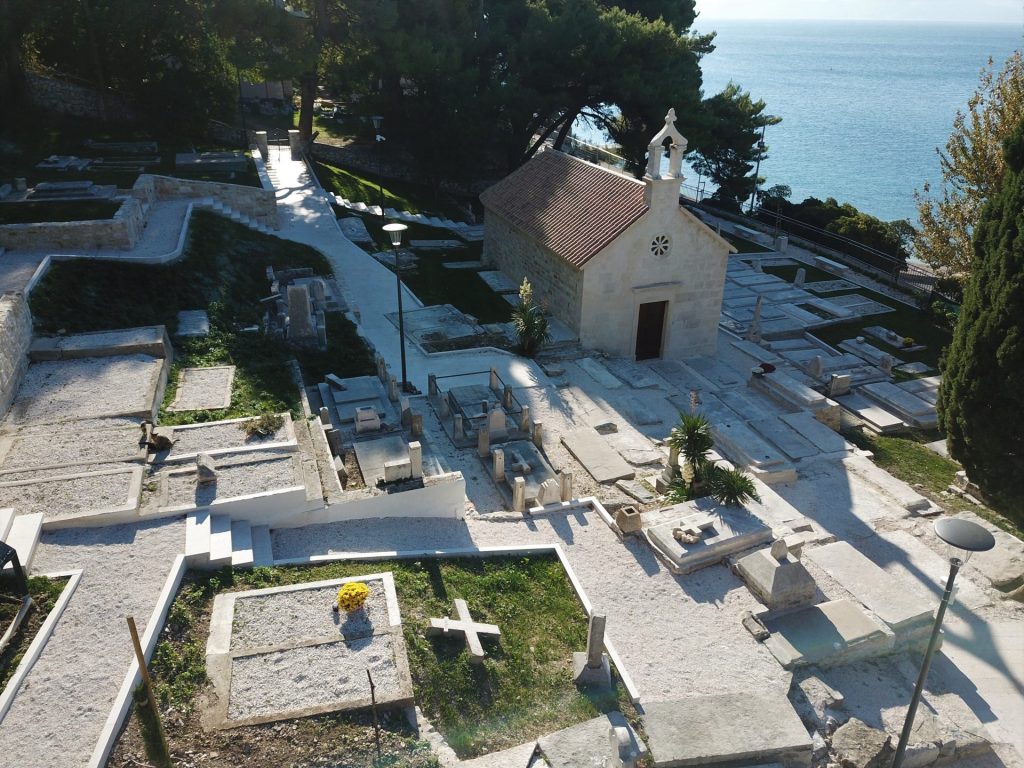
The Old Cemetery
The old cemetery in Omiš, featuring the 1630 Bonito-Drašković family mausoleum, the Church of Our Lady of Snow, six ancient Roman sarcophagi, and the discovery site of King Miroslav’s 12th-century inscribed stone slab with Bosnian Cyrillic Script connecting to the famous pirate-breeding Kačić Dukes, has been transformed from its historical burial ground into a public space with an open summer stage and walking paths as of 2020.
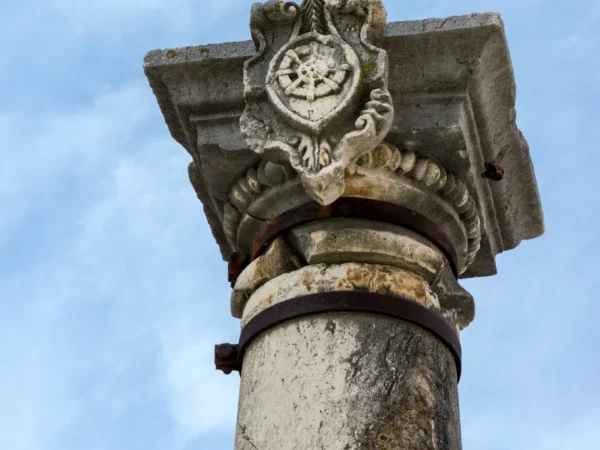
Poljica Square (Early 17th c.)
This describes a historic European town square that served as a medieval marketplace and was beautified over the centuries, with a central flagpole bearing Venetian governmental insignia that functioned both for official proclamations and public punishment displays.
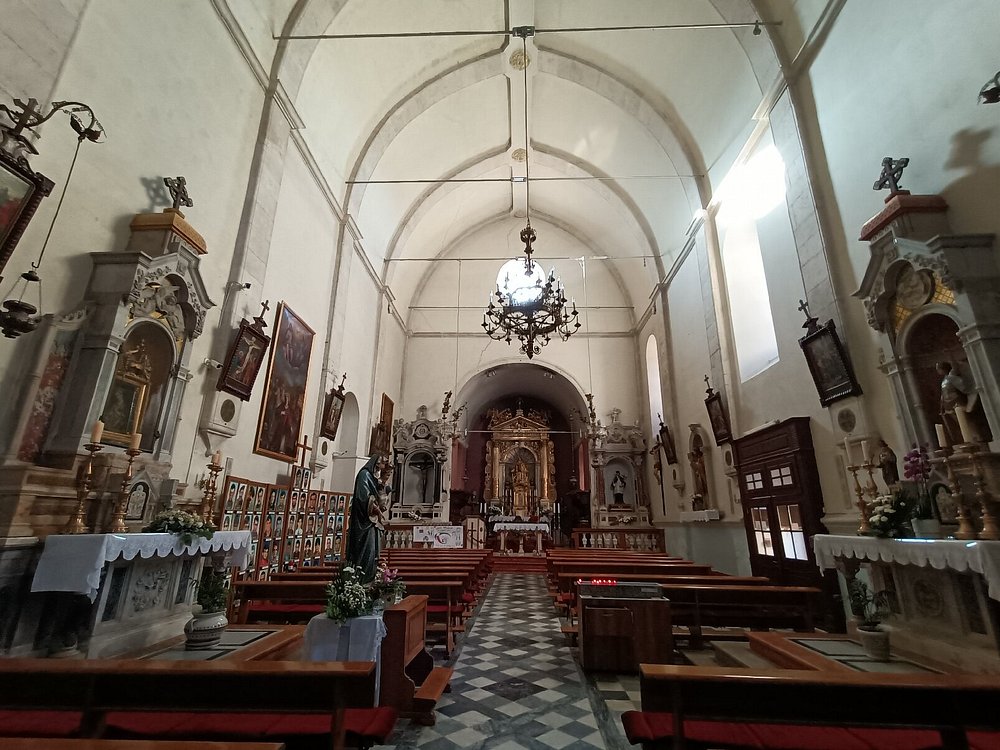
The Parish church of St. Michael (early 17th C.) with the bell tower (early 18th C.)
It combines the stylistic features of Gothic art, Renaissance and early Baroque. A lavish portal from the workshop of the Bokanić family from the island of Brač.
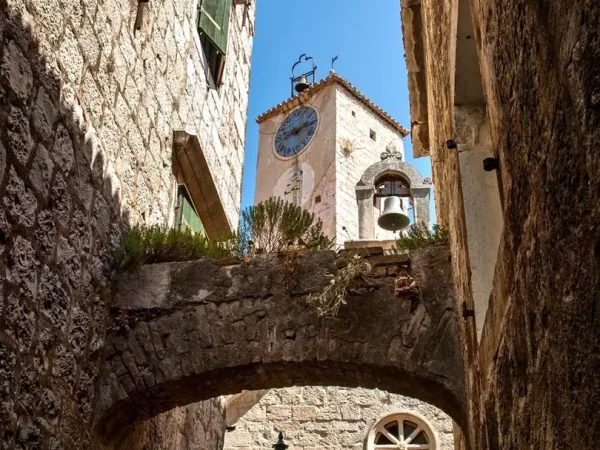
Church of the Holy Spirit (1585)
It was built in place of a Gothic church that was completely renovated in 1585. Located just below the fortifications of Omiš, amidst the medieval administrative buildings of the commune .
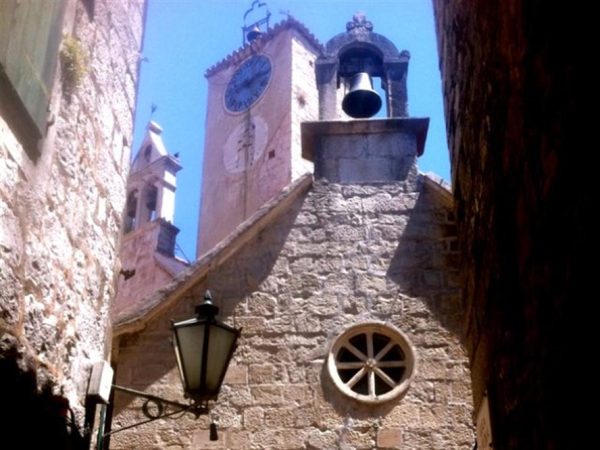
Church of St. Rocco (16th C.)
The church of the eponymous brotherhood. Francesco Negri painted the altarpiece “Virgin Mary with Jesus, St. Rocco and St. Sebastian”, for the altar carrying the coat of arms of the Kačić Dukes.
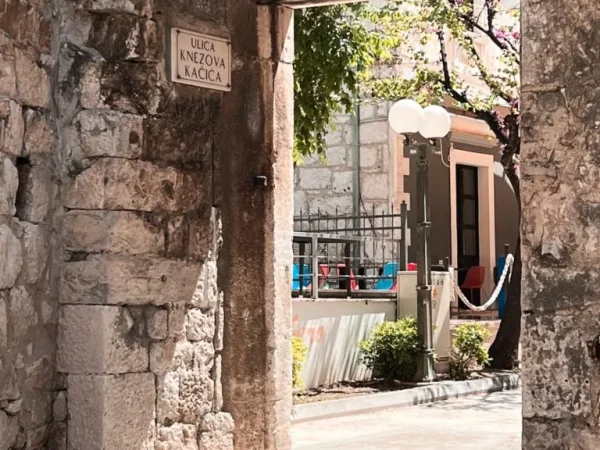
Eastern town gate (16th C.)
The Mainland Gate (Porta Terraferma) is one of the better-preserved parts of the eastern town walls. The main town street stretches from them towards the Western gate on the river. The inscription above the gate (1682) bears witness of their construction during the Venetian rule.
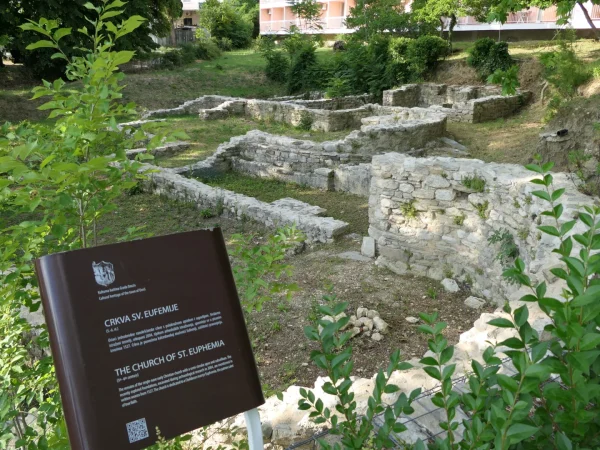
The church of St. Euphemia (5th-6th C.)
Remnants of the single-nave early Christian church with a semi-circular apse and subsellium. The recently explored foundations, excavated during archaeological research in 2004, are mentioned in written sources from 1527. The church is dedicated to the Chalcedon martyr Euphemia, the patron saint of true faith.
